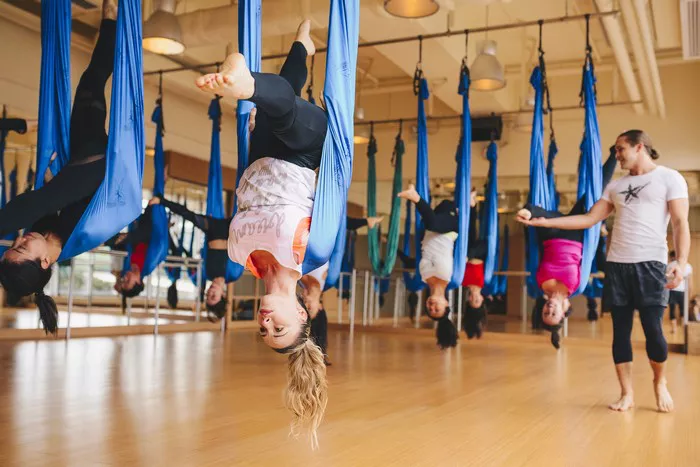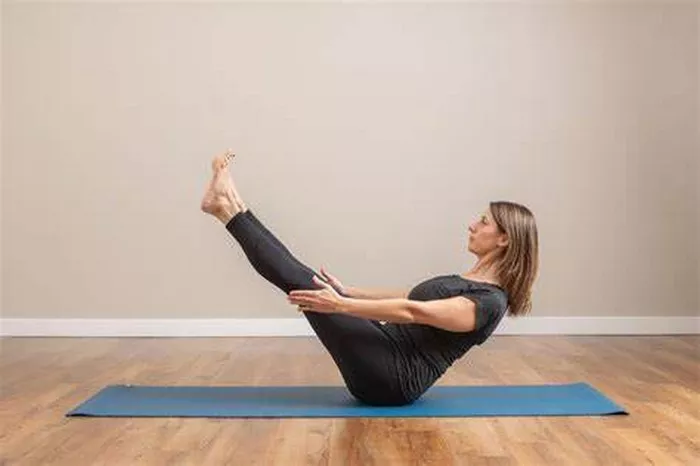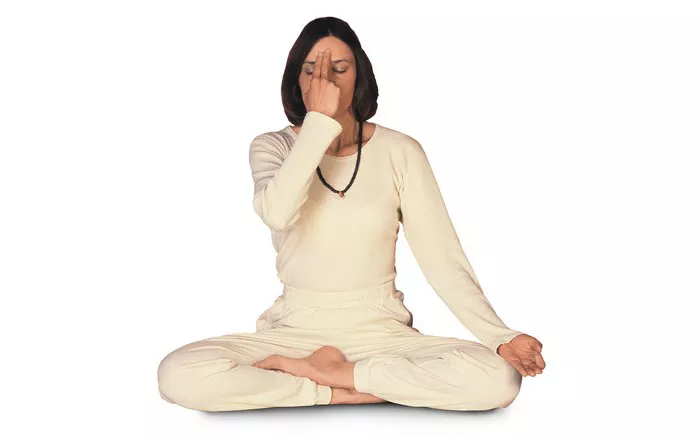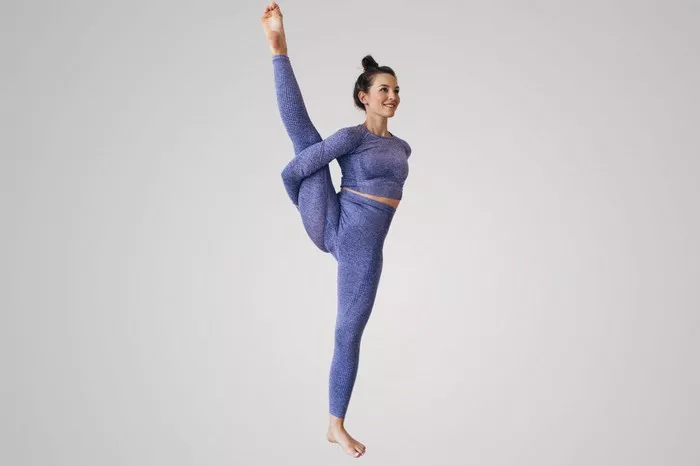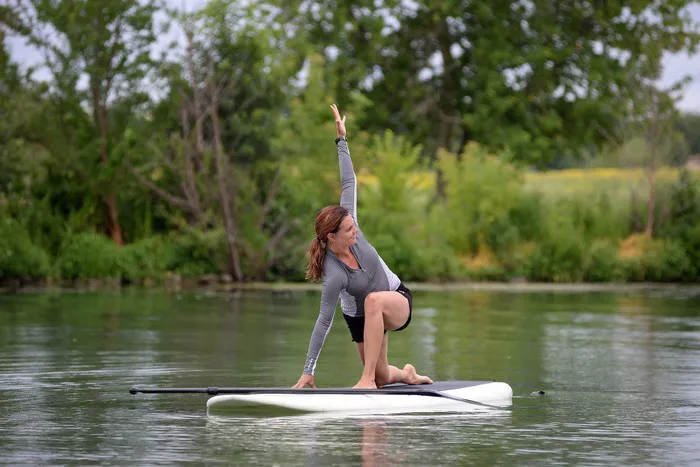Yoga is a practice that fosters unity, strength, and flexibility—both for the body and mind. While yoga is traditionally practiced alone, partnering up with a friend, family member, or significant other can deepen the practice and bring a new level of connection. Practicing yoga as a pair can enhance communication, build trust, and make your practice more enjoyable and engaging. The power of two in yoga is not just about completing poses but about cultivating a shared experience and mutual support.
In this article, we will explore a series of yoga poses specifically designed for two people. Whether you are new to yoga or an experienced practitioner, these partner poses can help you grow closer, improve your physical fitness, and add a fun dynamic to your practice. You don’t need to be a yoga expert to try these poses, but a certain level of comfort with your partner and basic yoga principles will make the experience even more rewarding.
Why Practice Yoga Together?
Practicing yoga with a partner can be a deeply enriching experience. Here are several benefits that come with practicing yoga in pairs:
Enhanced Trust and Communication: Partner yoga requires a level of communication and trust, as you will rely on each other for support and alignment during poses. This trust-building aspect can strengthen your relationship with your partner.
Deepened Stretch and Alignment: A partner can offer hands-on adjustments that help improve alignment, deepen stretches, and correct postures that might be harder to achieve on your own.
Increased Strength and Balance: Working as a pair engages more muscles and requires more focus on balance. Supporting each other through poses can make certain asanas feel easier or more effective.
Fun and Laughter: Sometimes, yoga can feel serious, but when you’re with a partner, the atmosphere often becomes lighter and more fun. Laughter is an integral part of partner yoga, as it helps release tension and increases the joy of the practice.
Bonding and Connection: Partner yoga helps build connection and emotional bonds, as practicing poses together can foster intimacy, understanding, and cooperation.
Preparing for Partner Yoga
Before diving into the partner poses, it is important to set the stage for a successful and enjoyable practice:
Create a Comfortable Space: Choose a quiet space where you and your partner can practice without distractions. Use yoga mats for comfort, and make sure you have enough room to move freely.
Warm-Up Together: Warm-up exercises like gentle stretches, joint rotations, and breathing exercises are essential to prepare the body for more dynamic partner poses.
Clear Communication: Throughout the practice, communicate openly with your partner about what feels good and what doesn’t. It’s essential that both people feel safe, comfortable, and supported.
Start Slow: If you’re new to partner yoga, start with simple poses before progressing to more advanced postures. As you build trust and familiarity, you can try more challenging poses.
Now, let’s dive into some of the best yoga poses for two people.
1. Partner Forward Fold (Seated Forward Fold)
This is a simple yet effective stretch that can help both partners relax and lengthen their spine.
How to Do It:
Sit facing each other with your legs extended out in front of you, feet slightly apart.
Hold hands with your partner.
Both of you will hinge at the hips and gently fold forward while keeping your back straight.
Work together to reach deeper into the stretch as you gently pull on each other’s hands, encouraging a more profound release.
Benefits:
- Stretches the hamstrings and lower back.
- Improves flexibility and helps with alignment.
- Encourages trust and connection between partners.
2. Partner Downward Dog
The downward dog is a foundational yoga pose, and practicing it with a partner creates an opportunity for mutual support and balance.
How to Do It:
One partner starts in a regular downward dog position with hands and feet on the ground, forming an inverted “V.”
The second partner will stand facing the first person and place their hands on the ground about a foot away from their partner’s feet.
The second partner can then gently place one foot on their partner’s lower back for support or press into their partner’s hips to assist in deepening the stretch.
Benefits:
- Strengthens the arms, shoulders, and legs.
- Improves alignment and balance.
- Enhances coordination and teamwork.
3. Partner Tree Pose
The tree pose is all about balance, and practicing it with a partner makes it a fun and challenging exercise. It helps improve stability and focus.
How to Do It:
Stand facing each other, with your feet hip-width apart.
Each partner will place their foot against the inner thigh or calf of the other person (but not on the knee) and then balance on one leg while raising the other leg to a bent knee position.
Bring your palms together in front of your heart or raise them to the sky, depending on your level of balance.
Support each other by holding hands or using light pressure to keep one another steady.
Benefits:
- Builds leg strength, stability, and focus.
- Improves concentration and balance.
- Encourages physical and emotional connection.
4. Partner Boat Pose
Boat pose strengthens the core and helps to develop stability, and practicing it with a partner adds an element of trust and balance.
How to Do It:
Sit on the floor facing your partner with your knees bent and feet flat on the floor.
Hold hands, and slowly lift your legs into a boat pose position (shins parallel to the ground).
Engage your core and lean back slightly to find balance. Try to straighten your legs while keeping them at the same height as your partner’s.
Maintain the balance together while holding each other’s hands and engaging your core.
Benefits:
- Strengthens the core, hip flexors, and thighs.
- Improves balance and coordination.
- Builds trust and communication.
5. Partner Camel Pose
Camel pose is a backbend that opens the chest, shoulders, and hip flexors. With a partner, this pose becomes a shared experience that requires both trust and flexibility.
How to Do It:
Begin by kneeling on the floor, with one partner in a kneeling position and the other partner standing behind them.
The standing partner places their hands on the lower back of the kneeling partner.
The kneeling partner leans back into the standing partner’s hands, gently opening their chest and stretching their back.
The standing partner can gently press into the kneeling partner’s back to deepen the stretch or provide support.
Benefits:
- Opens the chest and improves spinal flexibility.
- Enhances back flexibility and strength.
- Builds trust and reliance on your partner for support.
6. Partner Child’s Pose
The child’s pose is one of the most restful poses in yoga, and practicing it with a partner brings comfort and support.
How to Do It:
One partner begins in child’s pose, kneeling with their forehead resting on the floor and arms extended in front.
The second partner can either kneel behind the first person and place their hands on their back for a gentle pressure, or they can lie down on top of the first person, offering more weight to deepen the relaxation.
Benefits:
- Relieves tension in the back, shoulders, and neck.
- Promotes relaxation and stress relief.
- Offers a sense of comfort and support between partners.
7. Partner Plank Pose
Plank pose strengthens the entire body, particularly the core, arms, and shoulders. Adding a partner into the mix makes it a great team-building exercise.
How to Do It:
Begin in a regular plank position, with both partners in a straight line from head to heels, supporting your weight on your hands and toes.
Once both partners are stable in plank, try to synchronize your movements by holding each other’s ankles or wrists for added support.
You can add variations such as high-fiving each other or performing a plank twist to increase the challenge.
Benefits:
- Strengthens the core, arms, and shoulders.
- Enhances teamwork and coordination.
- Builds endurance and stability.
See Also: What Are the Different Types of Yoga Poses?
8. Partner Seated Twist
Seated twists help with spinal mobility and digestion. Practicing them together enhances the stretch and improves flexibility.
How to Do It:
Sit back-to-back with your partner, both of you with your legs extended out in front of you.
Inhale and sit up tall, then exhale as you twist to your right, bringing your left hand to your right knee and your right hand behind you for support.
Your partner will mirror the pose, twisting to the left.
With each inhale, lengthen your spine; with each exhale, deepen the twist.
Benefits:
- Improves spinal flexibility and posture.
- Increases range of motion in the hips and spine.
- Encourages synchronization and cooperation.
Conclusion
Yoga poses for two people bring a sense of joy, connection, and teamwork into the practice. They offer the opportunity to deepen your yoga journey, enhance your physical abilities, and build stronger bonds with the people you care about. Whether you’re looking for a fun way to spend time with a loved one, strengthen your relationship, or add some variety to your practice, these partner yoga poses are an excellent place to start. As with any yoga practice, remember to listen to your body and communicate with your partner to ensure a safe and enjoyable experience. Happy practicing!
You Might Be Interested In:

